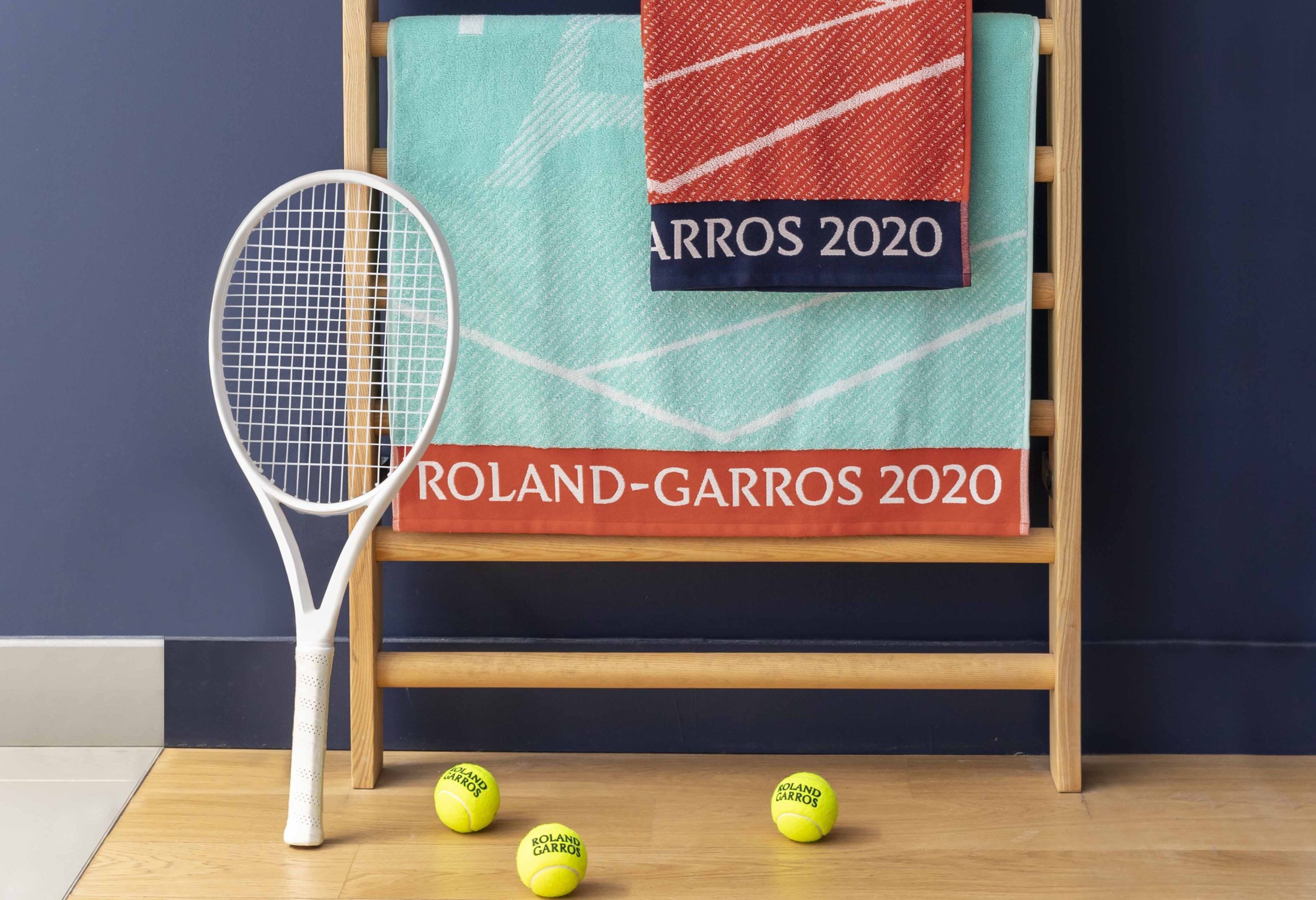In a brief respite from the excessive monitoring of the most recent polls in swing states and with enough time to watch selected matches a second, and with one a third time, HL delivers its annual review of Roland Garros, the quintessential French Tennis Experience played on the red brick dust Terre Battue courts.
This year’s pandemic-adapted tournament was played early fall instead of late spring, with scores of health and safety restrictions and most notably a limit of 1000 spectators in the main Court Philip Chartrier, always filled to capacity of 14,840 from the round of 16 through the finals.

Iga Swiatek
The women’s draw produced Ça change with 19 year old unseeded Iga Swiatek of Poland winning without losing a set for the entire tournament. Whether the change was real or ephemeral is not clear because several players at the top of the game were absent. Most notably World #1 Ashley Barty, #3 and recent U.S. Open champion Naomi Osaka and #7 Bianca Andreescu winner of the 2019 U.S. Open.
Because of that, the women’s draw and winner get an asterisk, though smaller than the U.S. Open which as detailed in HL 113 was qualified with many big asterisks. Notable players and happenings in the women’s competition include these: Swiatek was extraordinary. Though she emerged as champion from a decidedly light draw she, as noted, did not lose a set and demolished the top seed Simona Halep and soundly beat Sofia Kenin, winner of the Aussie Open earlier this year.

Sofia Kenin
With her second major final in 2020, 21 year old Kenin demonstrated that her Aussie trophy was no fluke, she is here to stay and the verified leader of the very strong young American women’s contingent. Kenin, not Coco Gauff, at least not yet. Gauff defeated #9 seed, Johana Konta in the first round, but exited in the next, losing to a qualifier. That early exit comes soon after Gauff’s very recent first round loss at the U.S. Open and begs the question of why this 16 year old is constantly thrown into the spotlight that sometimes reveals great potential, as in her 4th round result in this year’s Aussie Open, where she eventually lost to Kenin. Gauff may become the top American woman, but she’s not there yet and not close.
More changing of the guard was evidenced among the women by the many unseeds and qualifiers that went deep. Most notably qualifier Martina Trevisan from Italy who made the quarters and Argentine qualifier Nadia Podoroska who made the semis.
In the même chose category among the women was Serena whose continuing quest to win major number 24 and a tie with Margaret Court for most major women’s singles titles sucked all the air out of the room as the tournament began. Most was replaced when Serena defaulted before her Round 2 match due to injury.

Novak Djokovic
The men’s draw produced performances and results pervasively la même chose, culminating in the widely expected and much anticipated final between three-time defending champion Rafael Nadal and current World #1 Novak Djokovic. More about that match later. On the way to it, the high men’s seeds generally confirmed the predictive value of their numbers, albeit with the standard amount and degree of upsets and surprise upstarts.
On paper the biggest upset was by Marton Fucsovics of fourth seed Danil Medvedev in the first round. But it was not really shocking since Medvedev has lost in the R.G. first round four straight years. We have and continue to predict a major win or more from ninth seed Denis Shapovalov, so it was moderately surprising that he exited in the second round to Spain’s Roberto Carballes Baena. But no surprise whatsoever was eighth seed Gael Monfils’ loss in the first round to the talented and streaky Alexander Bublik. No degree of achievement or failure is surprising from Monfils.
There were five additional mild upsets involving three lower ranked players that had a breakout tournament at this R.G.

Daniel Altmaier
Daniel Altmaier, the World #122 from Germany upset both 7th seed Mario Berretini and 30th seed Jan-Lennard Struff en route to the round of 16 where he lost to 17th seed Pablo Carreno Busta. The Spaniard has firmly established himself in the top 20 with an occasional dip into the top 10 and the second week of a major. Much like his compatriot Roberto Bautista Agut. Both are very Spanish in their style, professionalism and work ethic.
Breakout two was 20 year-old French wildcard Hugo Gaston. Standing five feet eight Gaston upset former R.G. champion Stan Wawrinka on the way to a fourth round defeat by Dominic Thiem in five thrilling sets. Homeboy Gaston clearly was the feel good performer of this year’s R.G.
Breakout three, 19 year-old Jannik Sinner really was no surprise to tennis observers. But the steepness of his trajectory at this tournament was. He easily dispatched 11th seed David Goffin and 5th seed Sascha Zverev on the way to his quarterfinal match with Nadal.

Dominick Thiem & Diego Schwartzman
Best match? Our verdict is the five set quarterfinal between Diego Schwartzman and Dominick Thiem, that included three tie-breakers. Five feet seven (on tiptoes), Schwartzman is an HL favorite and was the subject of HL 54 “I Even Will Root for the Jew Argentine.” His magical run ended in the semis with a highly competitive straight sets defeat by Nadal, who he beat in straights (2) at the Rome Masters two weeks earlier. Thiem, fresh off his triumph at Flushing Meadows was heroic and gracious in defeat. He and Schwartzman are close friends and the scene at the net after match point was among the sweetest we have witnessed in six decades of watching (and ballboying) grand slam matches.
The men’s final between Nadal and Djokovic was a strange match producing a lopsided, indeed shocking, scoreline of 6-0, 6-2, 7-5. To a non-observer the score misconveyed how hard fought and brilliantly played were a majority of the 183 points. The Schartzman/Thiem match was a far superior contest, but for skill Nadal’s performance in the final was best in show with second place nowhere in sight.

Rafael Nadal
The instant and widespread verdict on Rafa’s wizardry in the final was that this was his greatest clay court and perhaps greatest match on any surface. Jim Courier, two time R.G. champion was among those who voiced that opinion. HL’s eyes give Rafa’s 2017 R.G. final against Wawrinka a slight nod. But given the opponent and Djokovic’s otherwise dominant and undefeated 2020[1] the match certainly is among Rafa’s top four on clay. These include the two already mentioned, his 2014 R.G. semifinal defeat of Andy Murray and his 2008 R.G. final dismantling of Roger Federer, 6-1, 6-3, 6-0 three weeks before the “Strokes of Genius” Nadal/Federer Wimbledon final.
After his semifinal win over Schwartzman, Nadal said that to win a semifinal at Roland Garros requires suffering and that he had suffered. Nadal’s body language during the final conveyed his anticipation of suffering. In contrast Djokovic conveyed a self-perception of superiority and afterward shockingly (at least to these ears) expressed “surprise” at how well Nadal had played. That despite Rafa’s pre-match record of 99-2 at R.G. which included a 6-1 head to head with Djokovic.
In the post-match on-court interview Rafa referred to the 2019 Aussie final where Djokovic beat him with a nearly equally lopsided scoreline. Those two thrashings, atypical of their 16 grand slam meetings, frame what we predict will be a titanic and much closer next meeting in the Aussie final next January, the R.G. final in June or possibly both. Sorry Dominic, Danil, Stefano, Sascha and maybe sorry even Roger, for a while longer in men’s tennis it will be la même chose.
[1] Djokovic also lost by default in the 4th round of the U.S. Open to Pablo Carreno Busta and was trailing at the time by 5-6 with PCB serving for the first set.



0 Comments